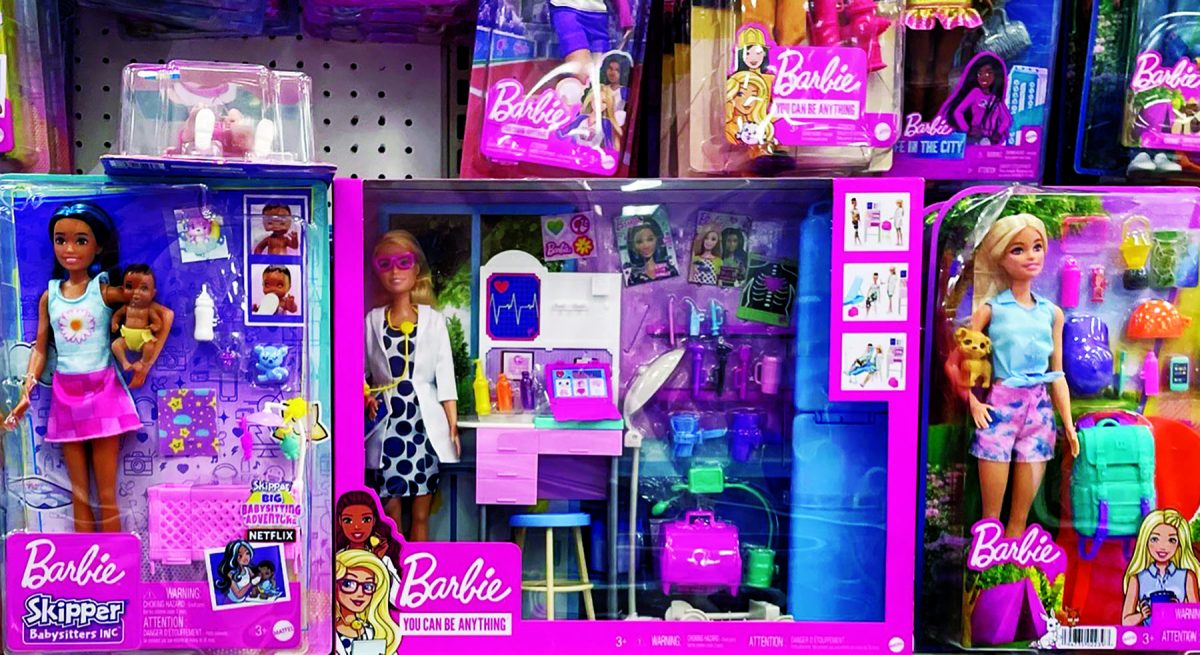After seeing the new Barbie movie, senior Grace Mazeika was inspired to rethink her stance on the Barbie doll.
“I just feel like it wasn’t very healthy to have a doll out that was skinny and perfect,” said Mazeika. “It’s just not healthy. It’s how social media is. I think [the movie] definitely gives me a whole new perspective on Barbie.”
The release of the Barbie movie sparked a revival of the interest in the Barbie doll. The movie surpassed $1 billion in box office sales, making it the highest-grossing movie directed by a woman.
The well-known cast, along with the movie’s marketing tactic of utilizing Barbie’s popular brand, contributed to the movie’s success, said Jane Kamensky, professor of history at Harvard University.
The Barbie movie utilized genius marketing that turned out way more of the United States than they expected, Kamensky said.
“I think it’s a great thing that women are opening movies like that,” Kamensky said.
Since its creation by Ruth Handler in 1959, the Barbie doll has gained widespread popularity among many children.
The Barbie doll offered a new take on dolls marketed for young girls, one that was not meant to be taken care of in a maternal way, but fashioned and accessorized, said Susan Asbury, assistant professor of history at Middle Georgia State University.
Mazeika distinctly remembers the accessories she used for her collection of Barbie dolls.
“I had a giant Barbie Dreamhouse, and I remember having a hot tub,” said Mazeika. “And there was a cool shower thing. I had little soap bottles.”
According to Asbury, over the years, Mattel, the toy company that manufactures Barbie dolls, has tried to broaden its product line by making dolls that represent the children who play with them.
“Mattel, like many toy companies, was really slow to diversify its product line,” said Asbury. “There was Barbie’s first African American friend, Christie, who was introduced in 1968. But she didn’t see any additional racial or ethnically diverse bodies until truly the 1980s.”
Mattel released the first Barbie doll in a wheelchair in 1997 and the first Barbie doll with Down syndrome in April.
Mazeika and her sister used to play with Barbie dolls that resembled them, she said.
“I would always get the blonde girl with the long hair, and she would always get the one with the brown hair,” Mazeika said.
The movie reminded Mazeika about feminism and how powerful womanhood can be, she said.
According to Kamensky, the movie addresses themes of gender and power.
“[The movie] is kind of a flipped script,” said Kamensky. “It would be a shame if the only lesson we learned about the power of female audiences and the potential for women directors … was that we should have more movies about toys.”
“Every woman of my age I know played with [the doll] in some entirely different way,” said Kamensky. “I think generations of American girls have made Barbie their own.”


